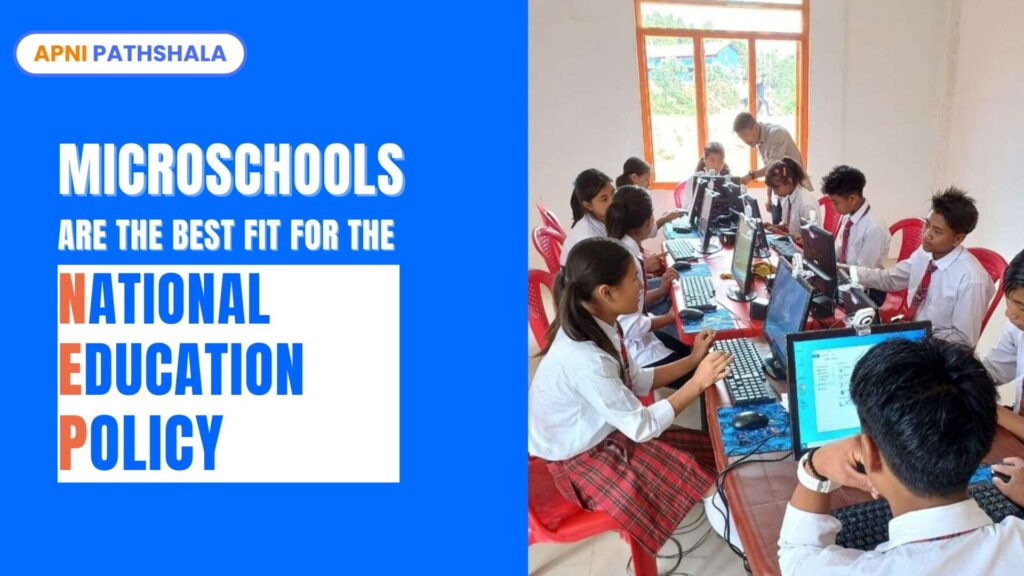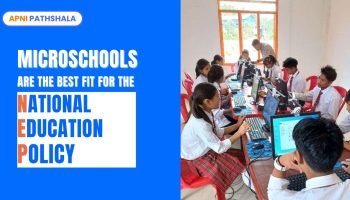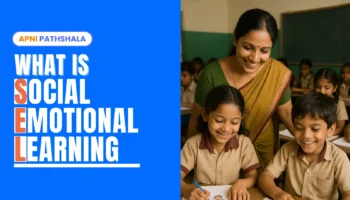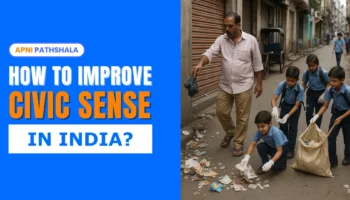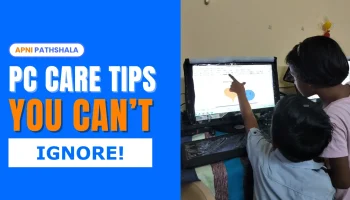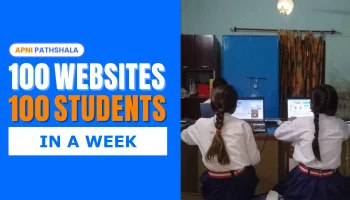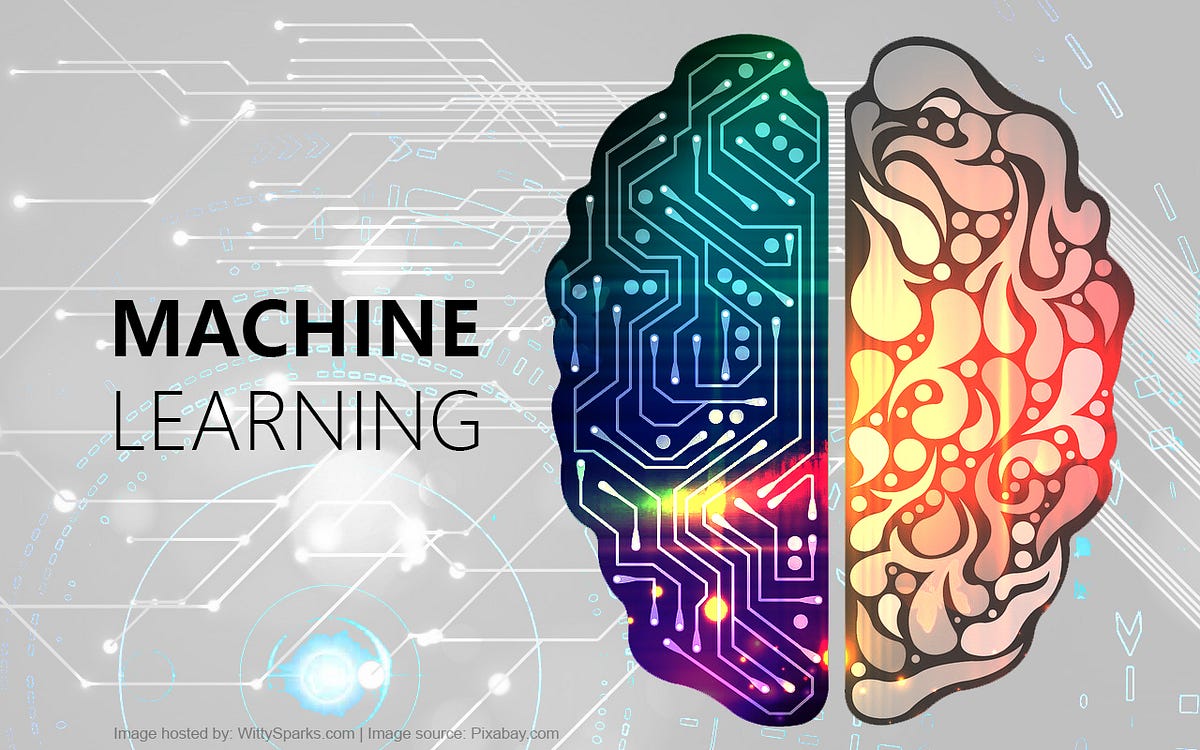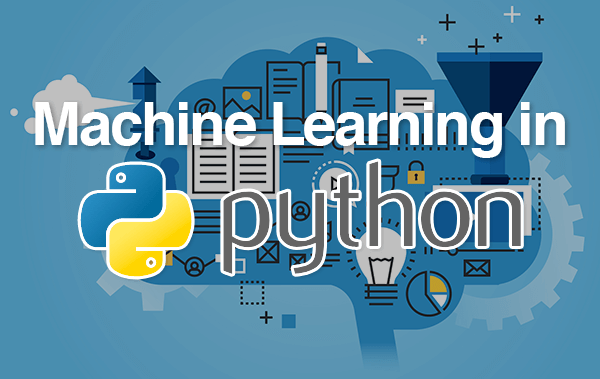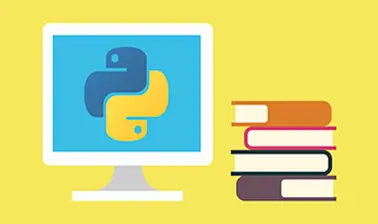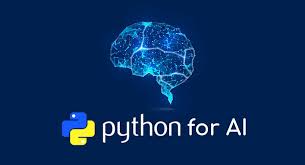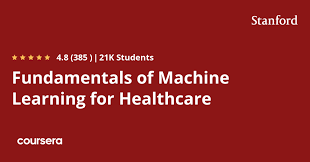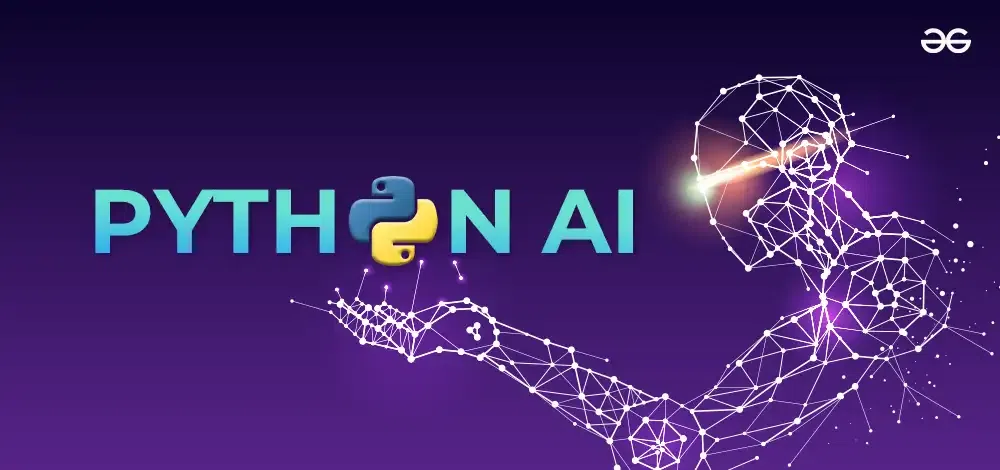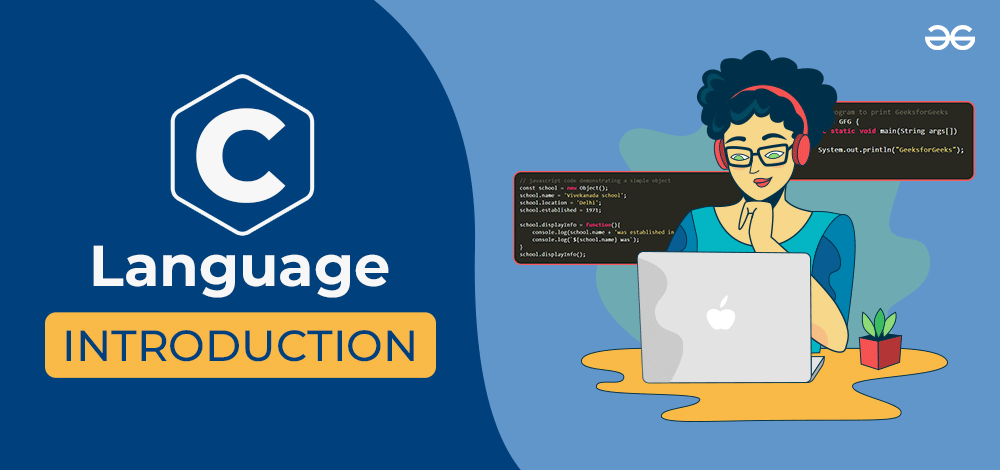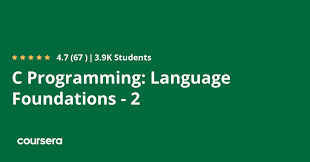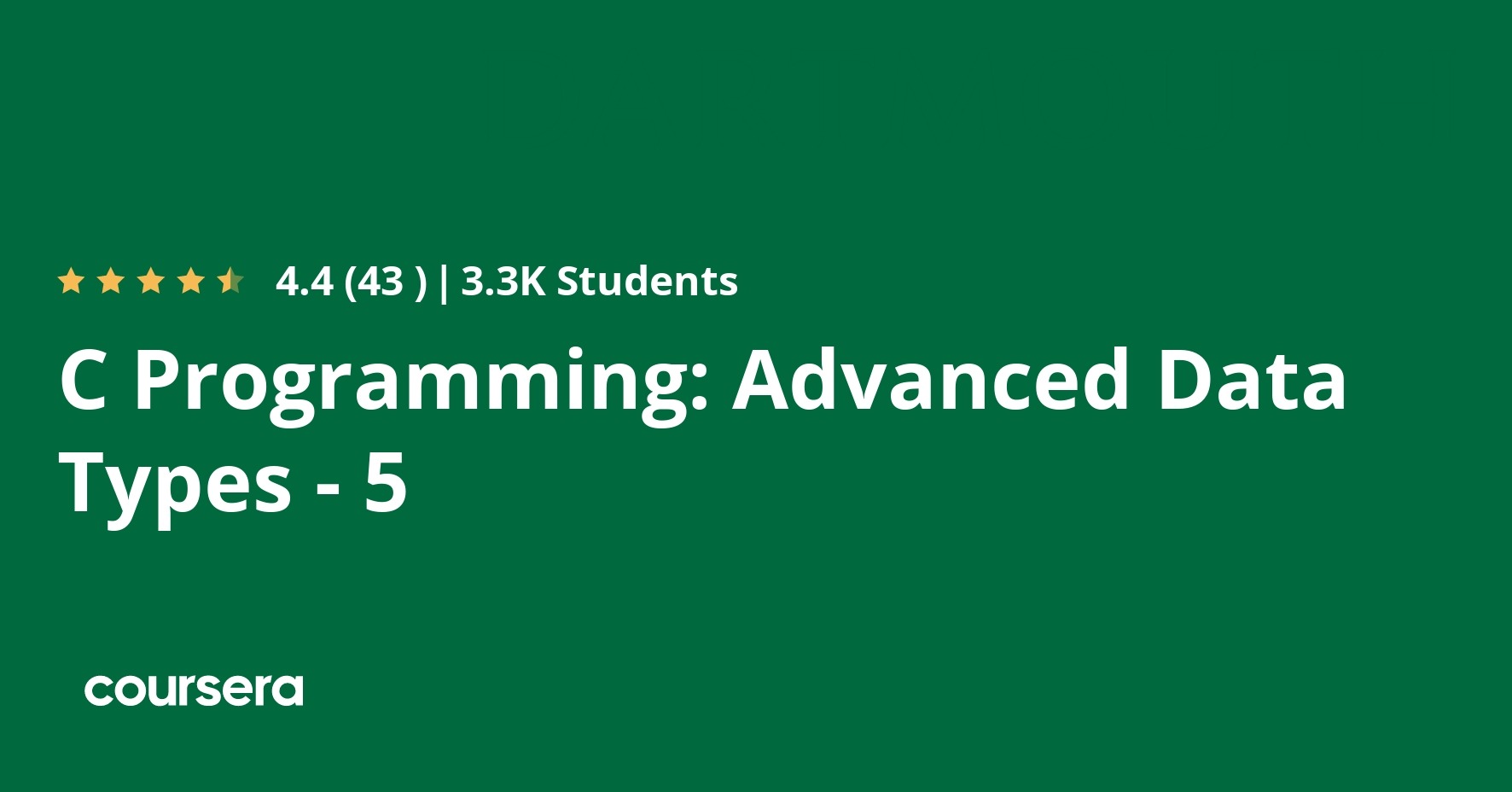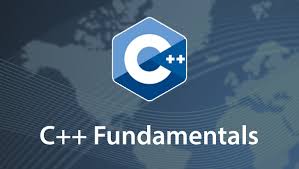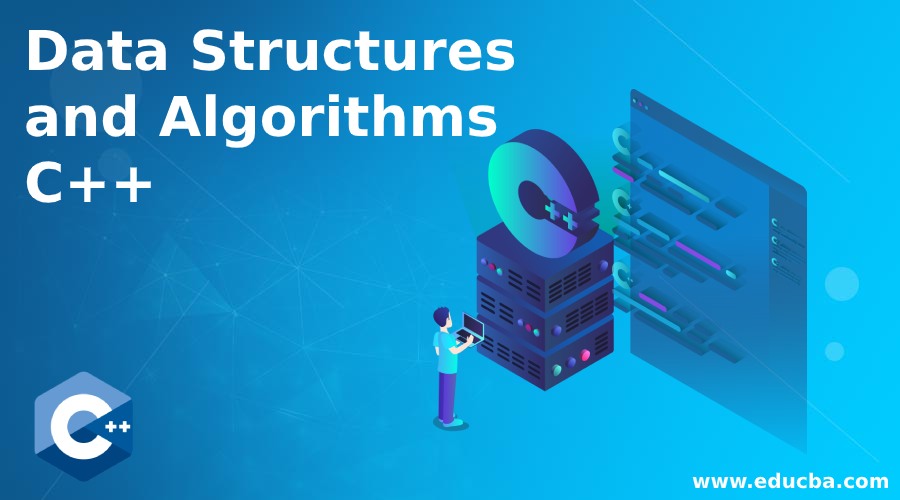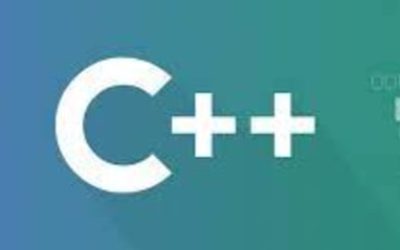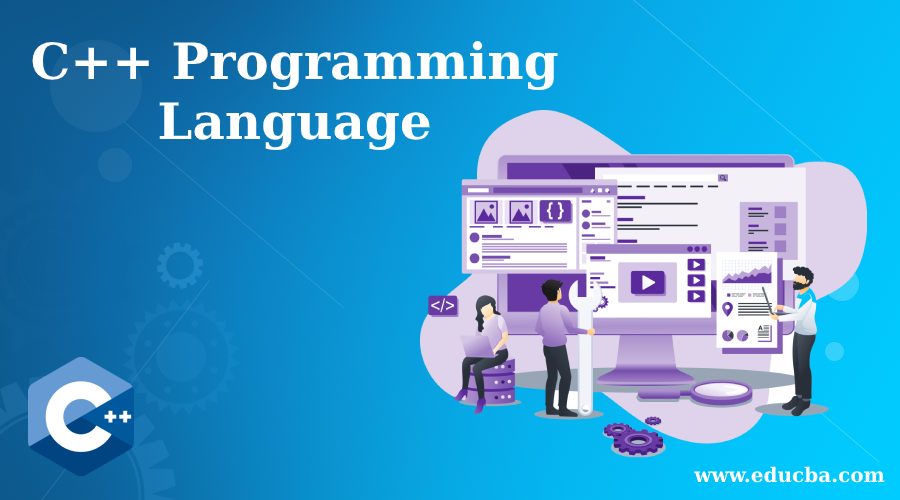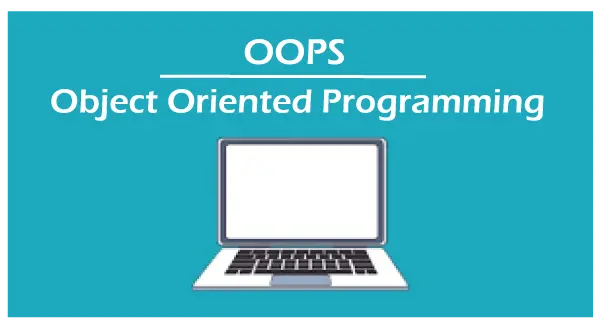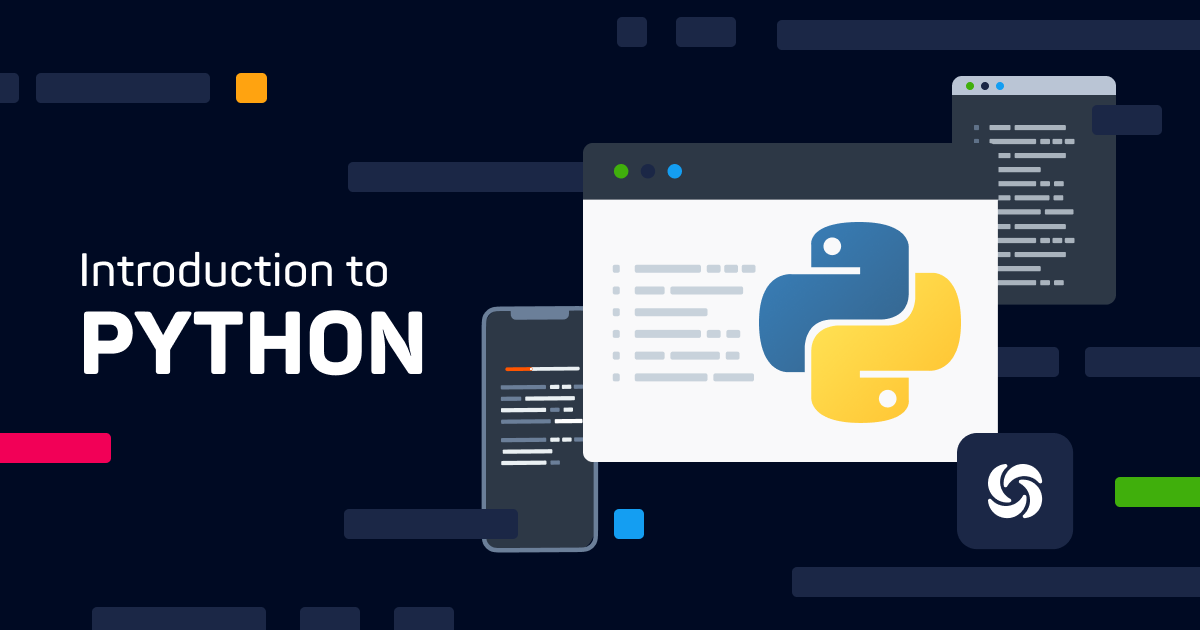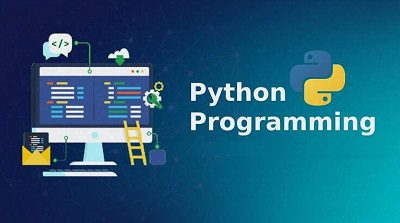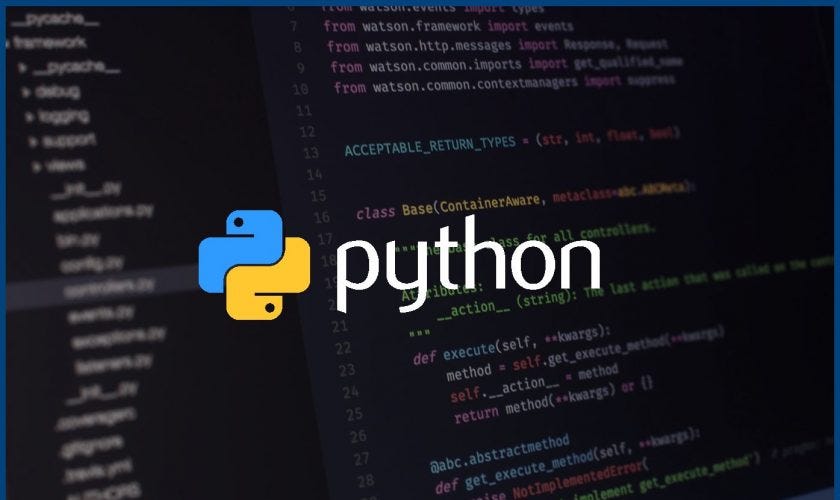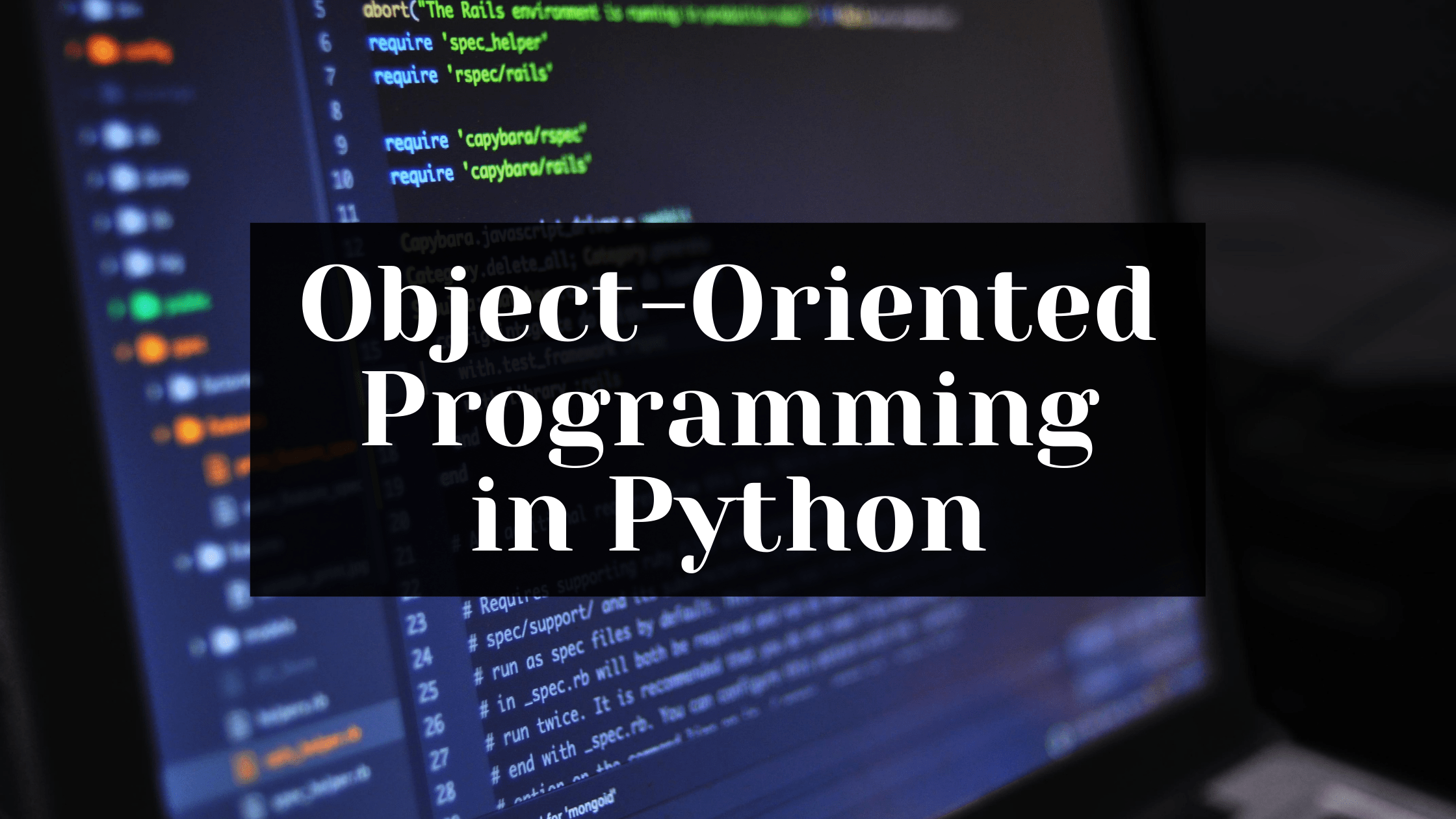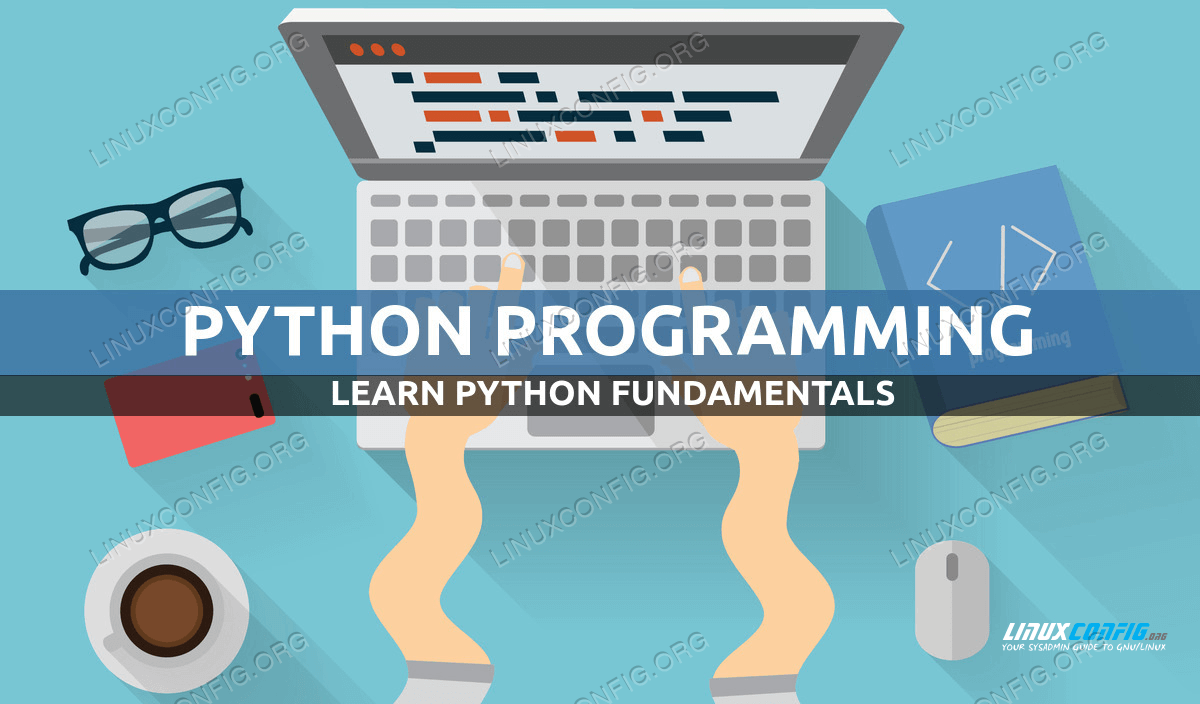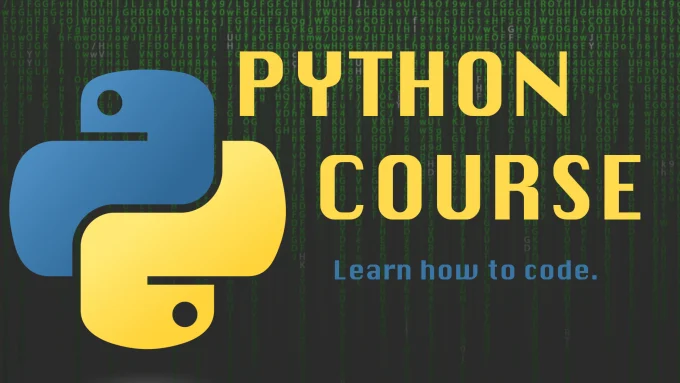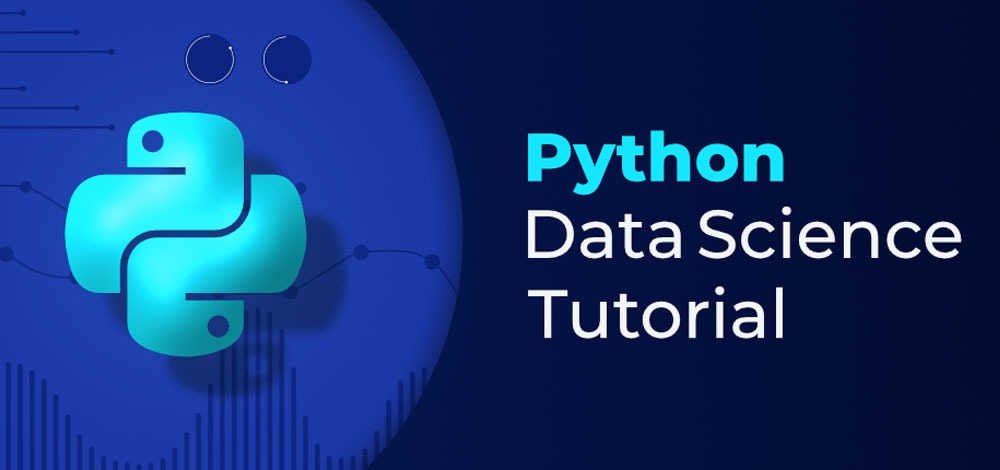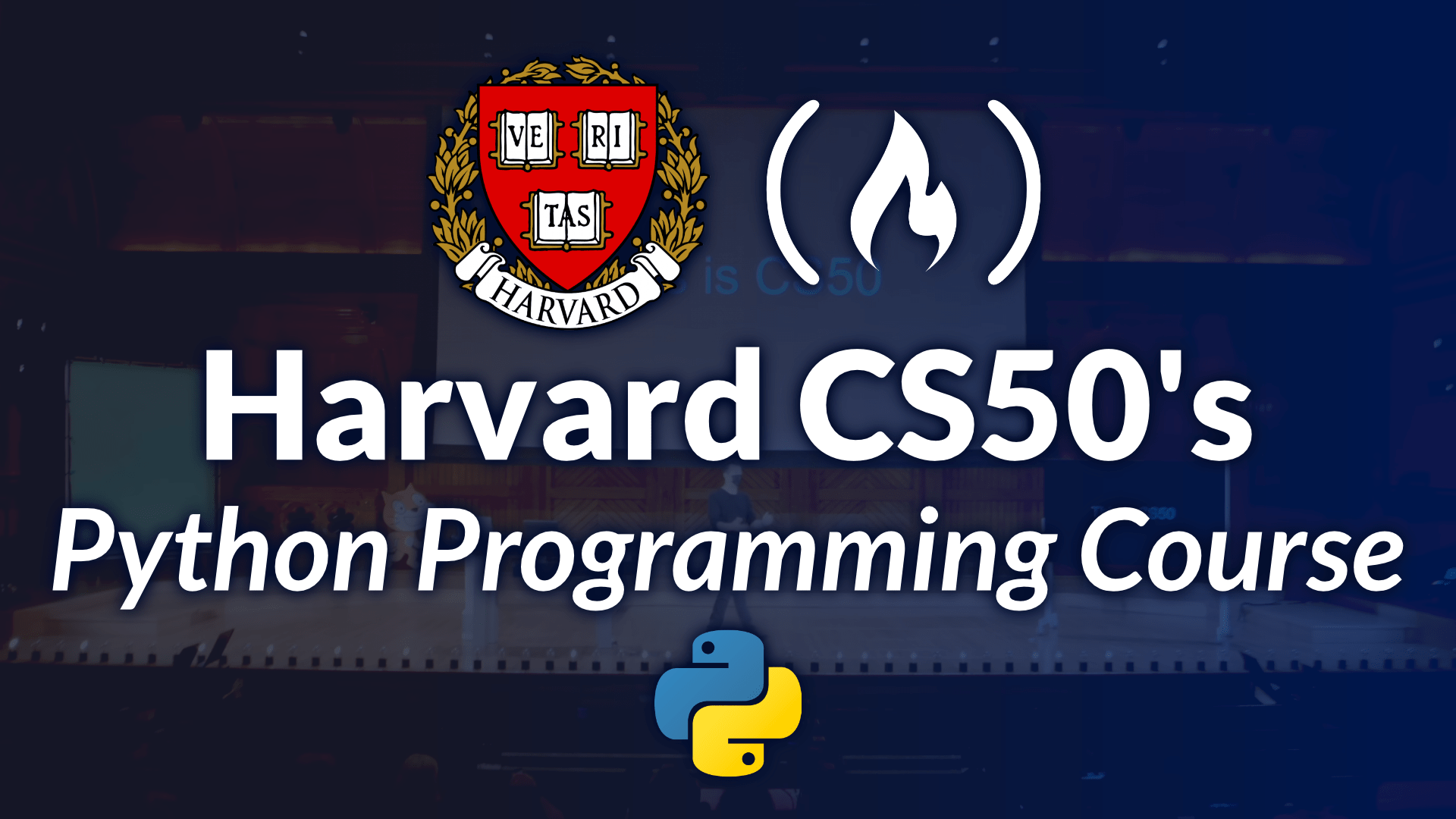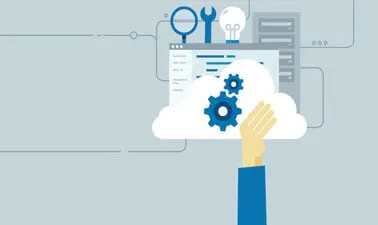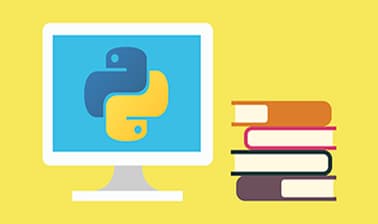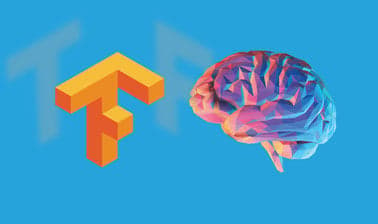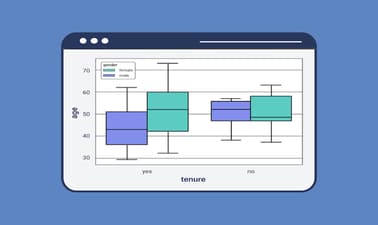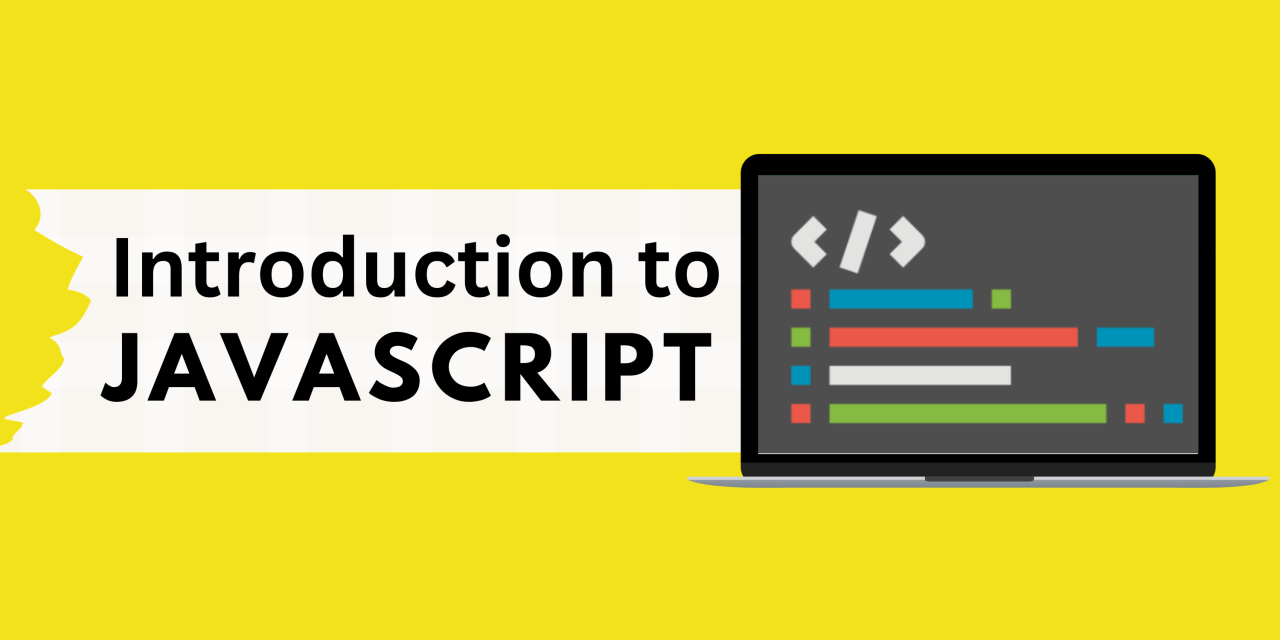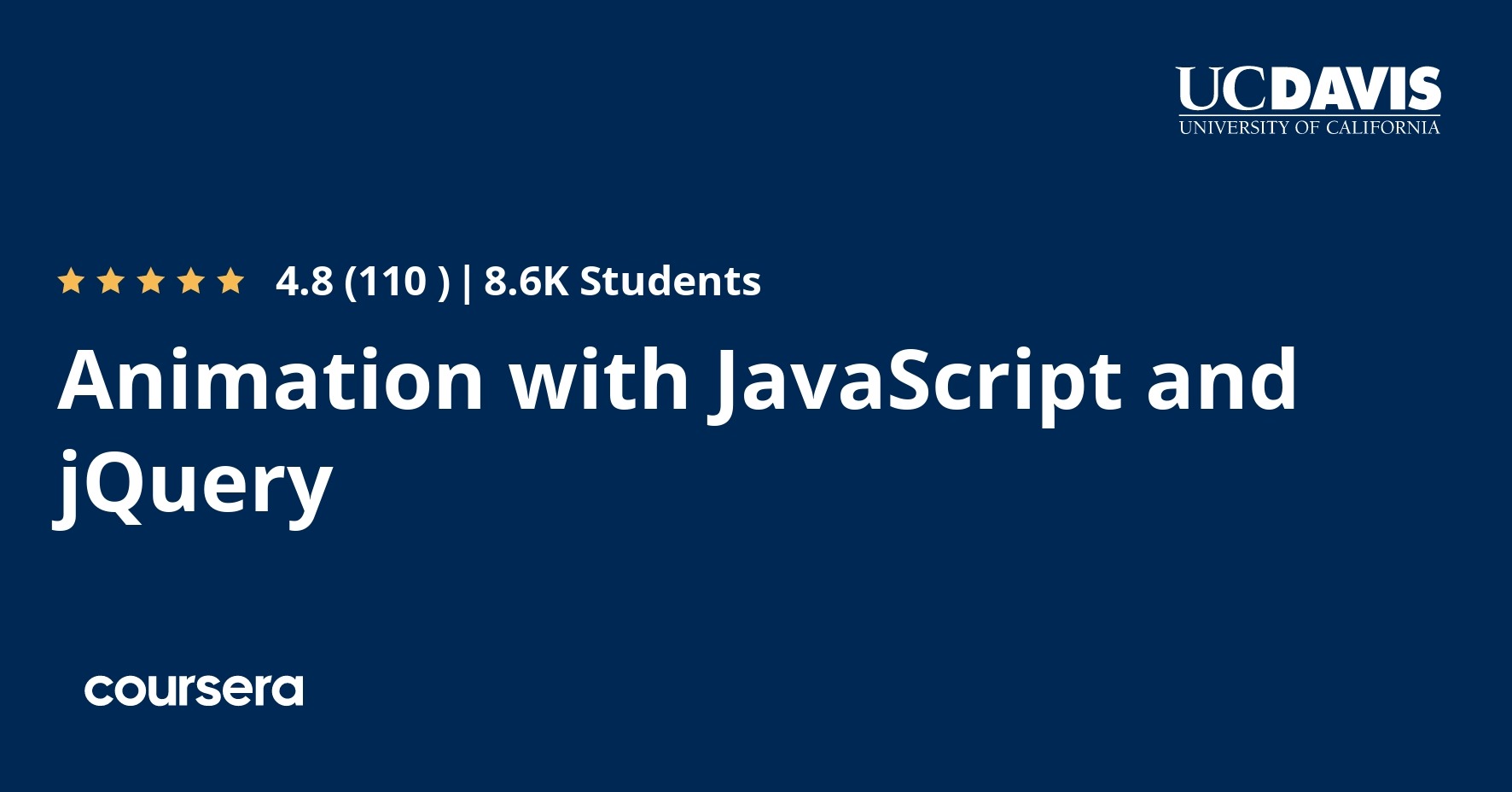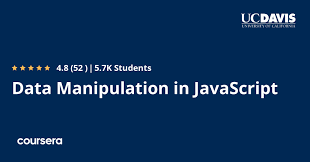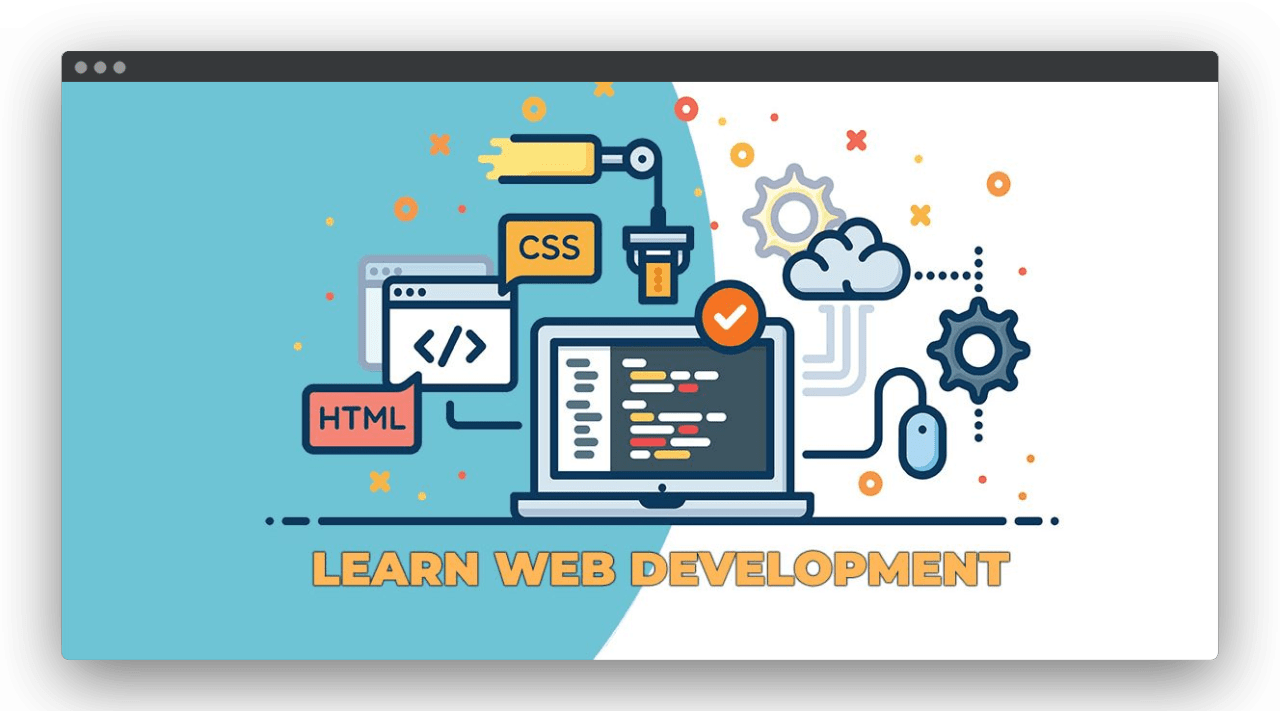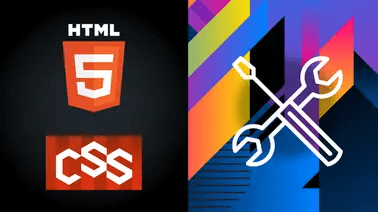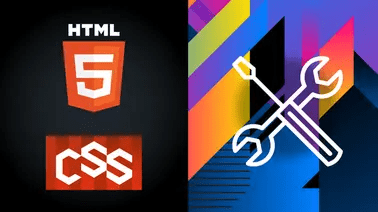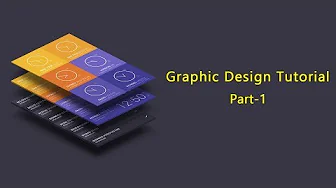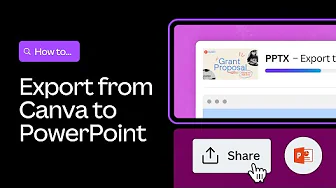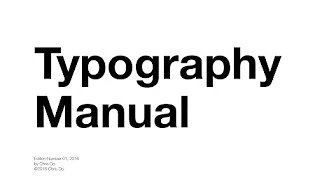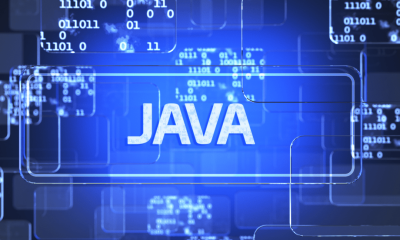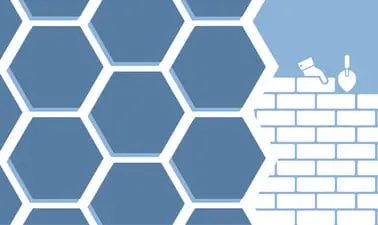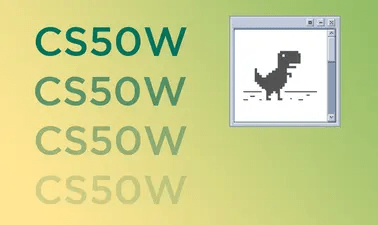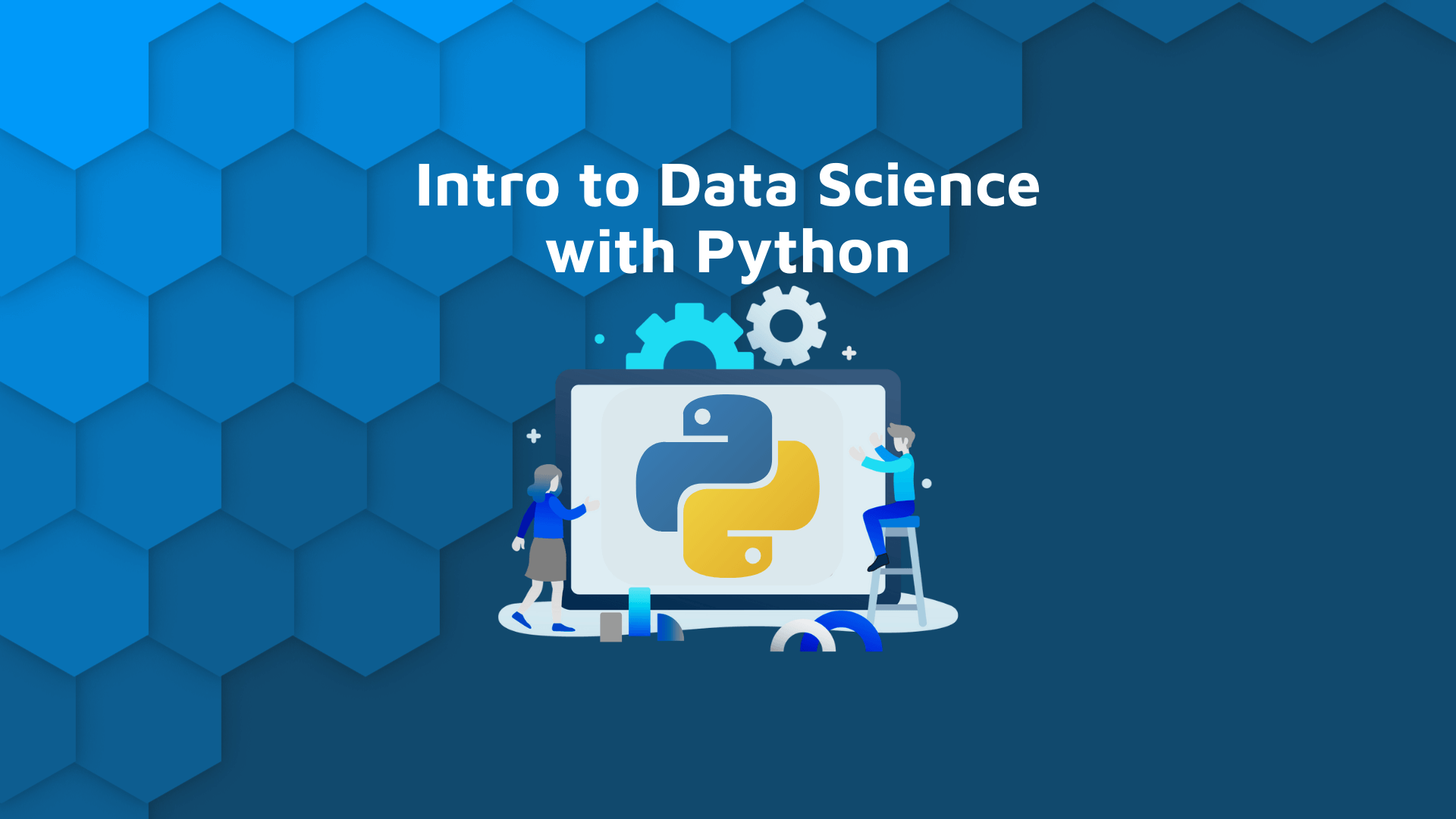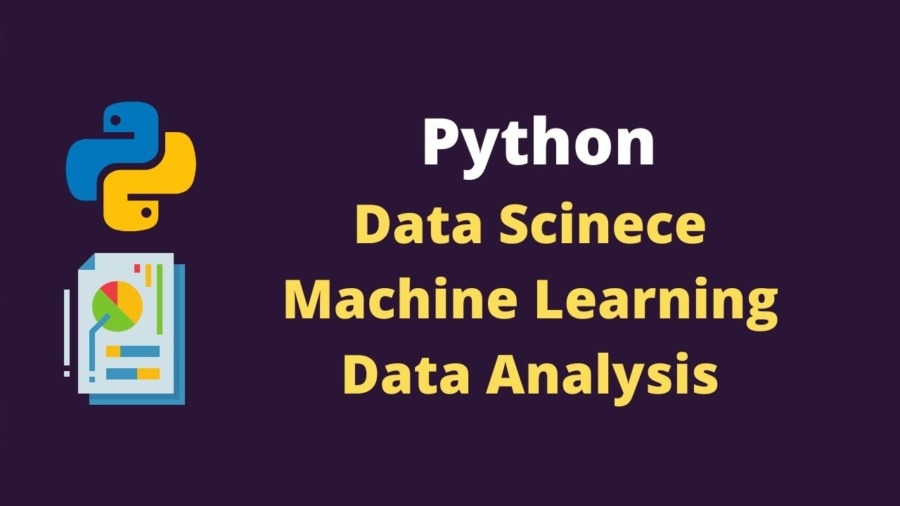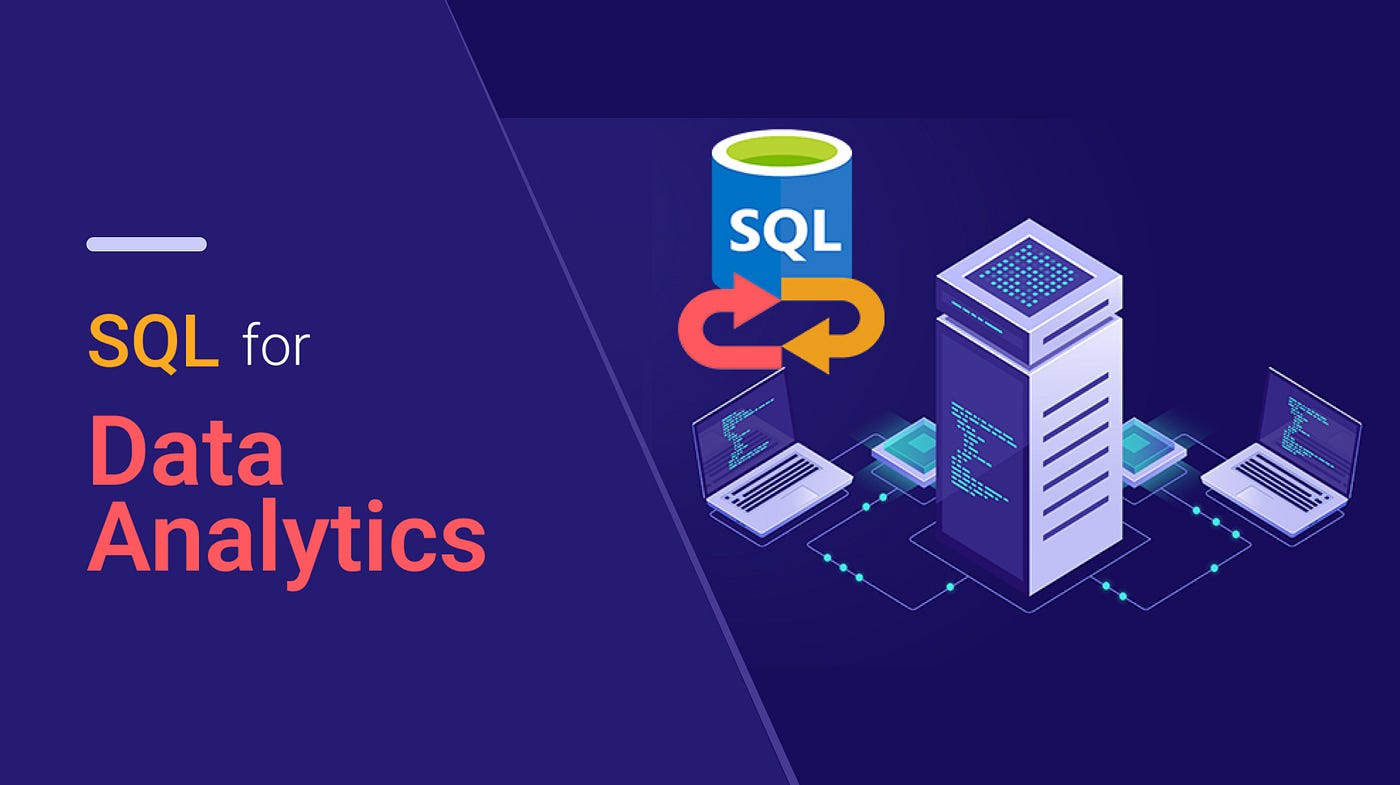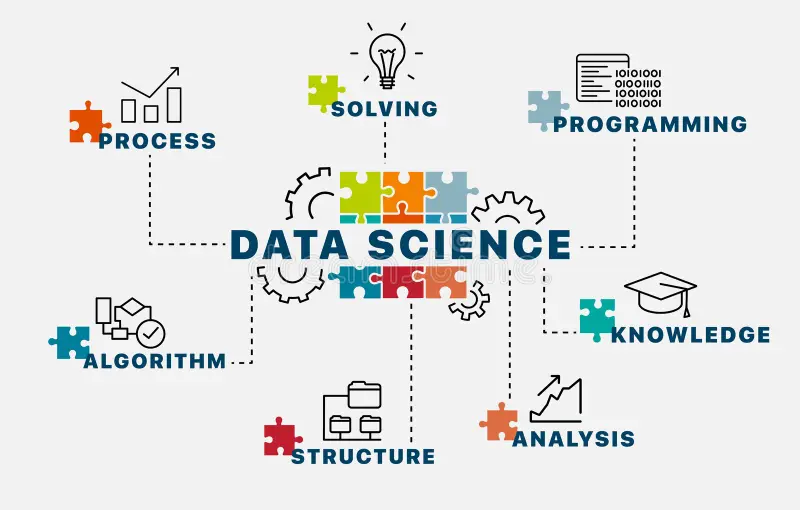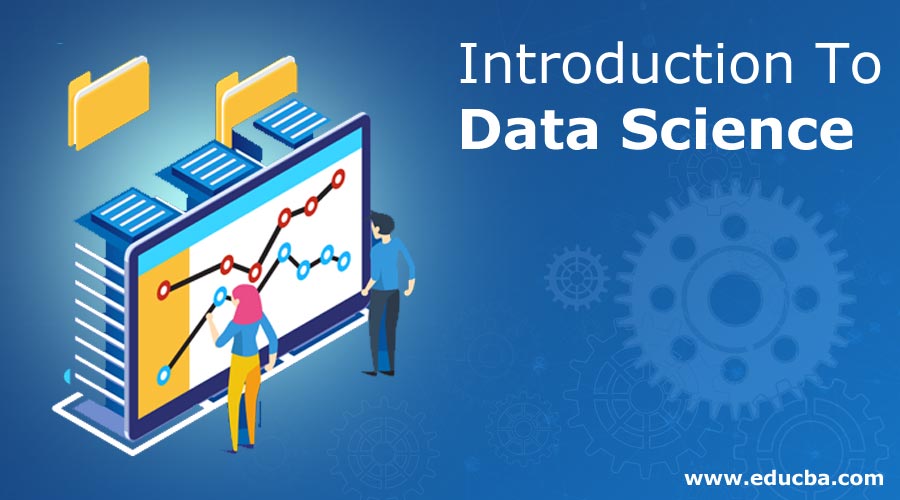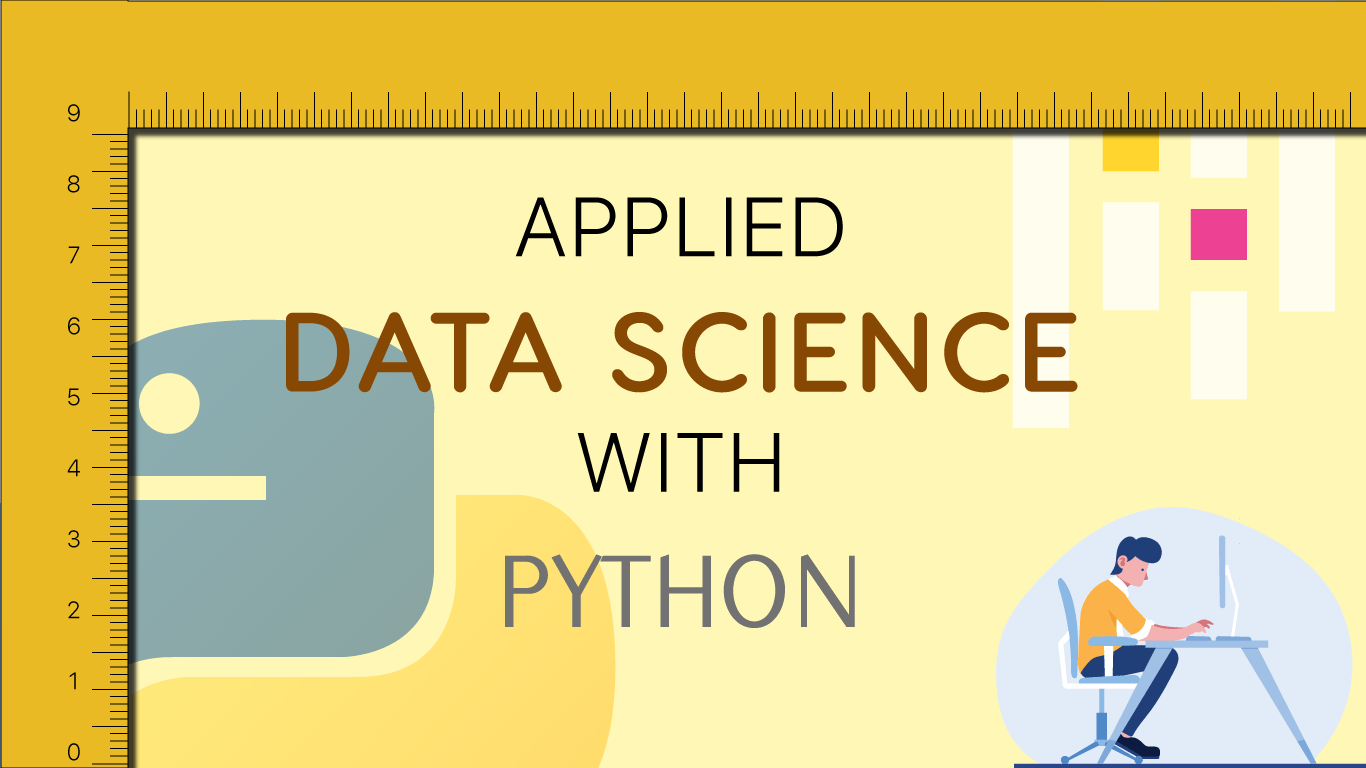Introduction
Do you remember 2020? The National Education Policy (NEP) was launched, bringing a wave of excitement and optimism. It promised to change the Indian education system for the better, introducing personalized learning, competency-based education, and learner-centric approaches.
But fast forward to now, what’s really changed? Sure, the syllabus changed, but have the classrooms? Teachers I’ve spoken to have said one thing: “The policy sounds great on paper, but on the ground, we’re still stuck with the old ways.”
While the government’s initiative is commendable, the ground-level execution leaves much to be desired. Implementation on the ground is slower, and old habits die hard. The truth is, policy is only as good as its execution, and this gap between policy and reality is holding back real progress.
But here’s the catch: there’s a solution that’s ready to make this policy work the way it was meant to. And it’s something called microschools. Let’s dive into how microschools are not only compatible with the National Education Policy but are essential for its success.
What Is the National Education Policy (NEP)
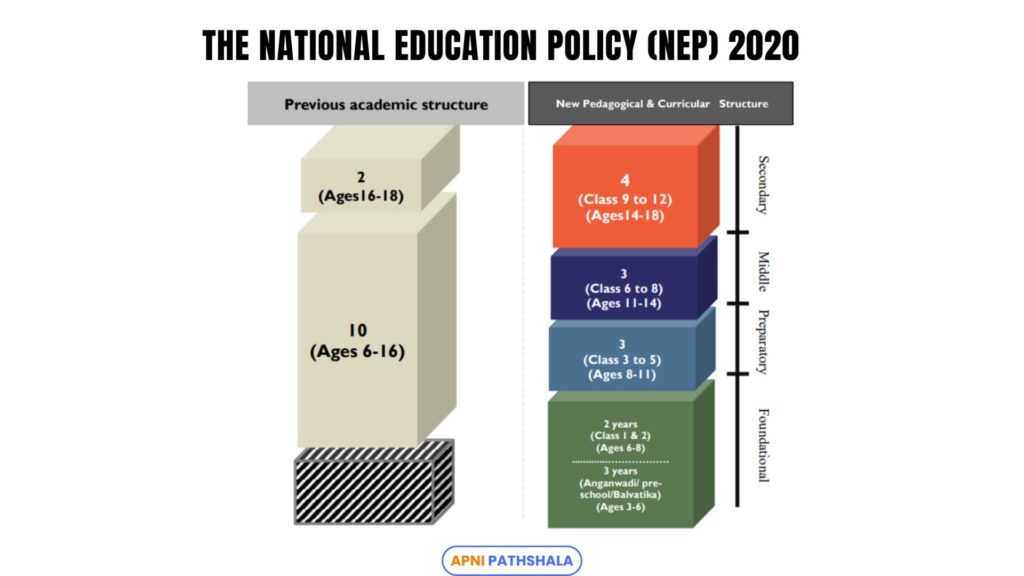
The National Education Policy 2020 (NEP) is a big plan to change the way education works in India. The idea is to make schools better for everyone by focusing on how each child learns best. Instead of just worrying about exams, it’s about helping students grow in different ways: mentally, emotionally, and socially.
Key Features of NEP 2020
- Holistic Development:
NEP focuses on helping students grow in many ways, not just getting good marks. It looks at a child’s thinking skills, emotional well-being, and how they get along with others. - Competency-Based Learning:
This means that students will not just memorize facts for exams. Instead, they will apply what they learn to real-life situations, like solving problems or working on projects. - Flexibility:
NEP lets schools offer both online and offline learning, so kids can learn in the way that suits them best. Schools will have more freedom to choose different teaching methods. - Early Childhood Education:
The NEP makes sure all children can get quality education before the age of 8. This is important because learning the basics early on helps kids do better later in school.
For the latest NEP updates, refer to the official Ministry of Education NEP page and the NEP 2020 PDF.
Why NEP 2020 Is Better Than the Old System
The old education system focused mostly on rote memorization, exams, and grades, with little attention to creativity, problem-solving, or emotional growth. Classrooms were teacher-centered, leaving students with limited opportunities to explore their interests or develop life skills.
In contrast, NEP 2020 is learner-centric, emphasizing personalized learning, competency-based education, and holistic development. Students now gain critical thinking skills, social-emotional learning, and real-world problem-solving abilities alongside academics. Flexible learning paths, blended education, and digital tools make NEP future-ready, preparing children to succeed in a rapidly changing world.
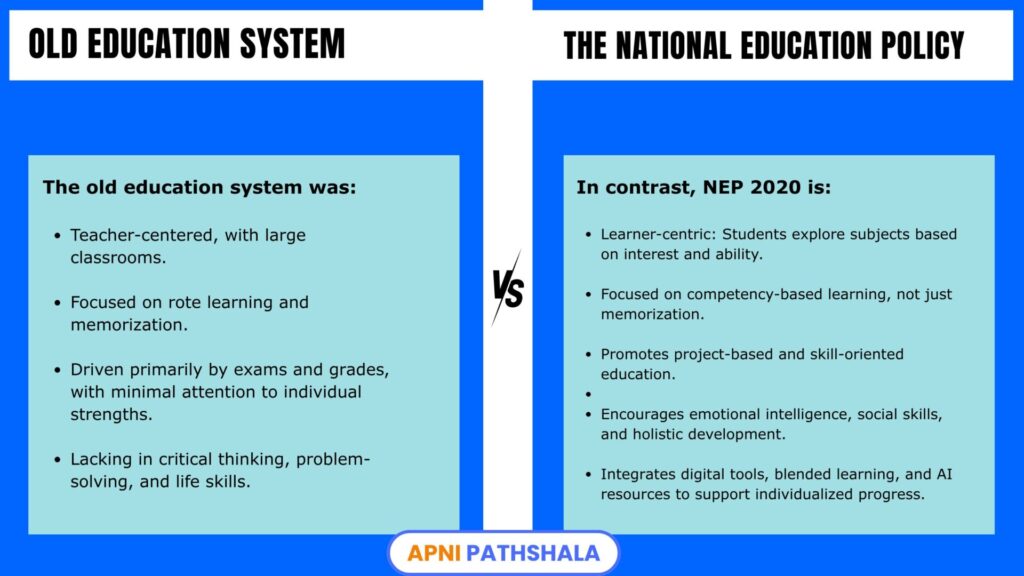
Government Efforts Vs the Ground Reality
In the old education system, schools focused mostly on memorizing facts and taking exams. It was all about getting good grades, but there wasn’t much focus on creativity, problem-solving, or how kids felt. Teachers did most of the talking, and students didn’t have much time to explore their own interests or learn life skills.
On the other hand, NEP 2020 is all about the students. It encourages personalized learning, where each child learns in a way that works best for them. Instead of just memorizing facts, students will learn how to think critically, solve real-world problems, and build important social and emotional skills.
NEP also allows for flexible learning with both online and offline classes and gives students the tools they need to succeed in today’s fast-changing world.
This is where microschools come in. With small class sizes, personalized learning, and flexible lessons, microschools can help make sure that NEP’s ideas are actually put into practice. Let’s take a look at how microschools are the perfect solution for bringing the National Education Policy to life in real classrooms
Why Microschools Are the Perfect Fit for NEP 2020
Microschools are small, flexible educational setups that focus on individual attention and personalized learning. Think back to ancient gurukuls, where teachers had fewer students and could give more attention to each child’s growth. While invaders’ changes disrupted this system, microschools today are bringing back these core educational values using modern tools.
With fewer students per teacher, microschools can easily implement the learner-centric education that NEP 2020 aims for. They provide personalized learning, project-based activities, and competency-based development — all key goals of the policy. They also support blended learning and flexible schedules, making it easier to bring NEP’s vision to life in real classrooms.
Discover How is microschool different from traditional school?
- Personalized Learning:
- NEP 2020 advocates for personalized learning, where students are encouraged to explore their own interests and learning pace.
- In microschools, teachers can work closely with each student, identifying their strengths and needs and tailoring the learning experience accordingly.
- Flexible Schooling:
- One of the core principles of NEP 2020 is the introduction of flexible learning paths. Microschools are already built on this concept.
- They often allow for hybrid learning (a mix of offline and online education) and flexible schedules, which fits perfectly with NEP’s goals of blended learning and choice-based education.
- Project-Based Learning:
- NEP encourages project-based learning, where students learn through real-world challenges rather than memorizing content.
- Microschools thrive on this approach, often integrating hands-on projects that allow students to apply knowledge to real-life scenarios. This allows students to develop competency-based skills and problem-solving abilities, which NEP emphasizes.
- Holistic Development:
- While the old system focused primarily on academics, NEP 2020 stresses the importance of holistic development, nurturing not just cognitive skills but emotional, social, and physical growth.
- Microschools, with their small, community-focused environment, naturally foster a culture of care and attention to a child’s overall well-being.
- Competency-Based Education:
- The NEP 2020 shifts from rote learning to competency-based education, where students develop skills and understanding at their own pace.
- Microschools align perfectly with this, as they can customize learning experiences and help students master skills rather than just memorize facts.
Learn more about microschools in our Ultimate Guide to Microschooling in India 2025.
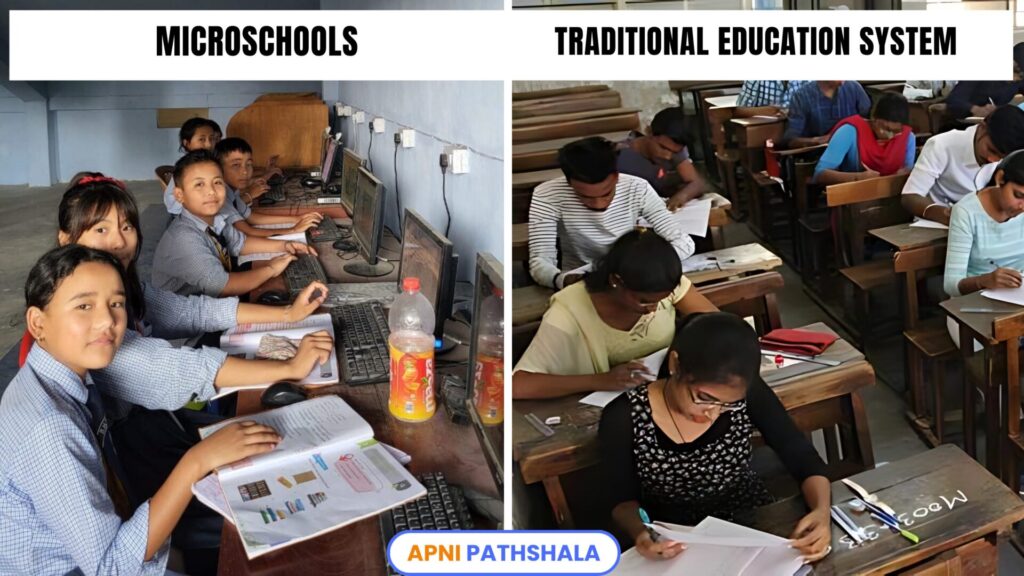
Challenges in Implementing NEP and How Microschools Tackle Them
The biggest challenge in implementing the National Education Policy (NEP) is the lack of proper infrastructure and trained teachers in many parts of India. While the government’s goals are ambitious, the execution in public schools has been slow due to outdated curricula, limited access to digital tools, and large class sizes.
On the other hand, microschools offer a flexible and innovative solution to these problems. With a low teacher-student ratio, microschools can adapt quickly to each student’s needs. Their small size means they require fewer resources, and the community can play a key role in helping them grow and thrive more efficiently.
Conclusion
The National Education Policy 2020 (NEP) promises to transform India’s education system, focusing on personalized learning, holistic development, and competency-based education. But here’s the reality policies don’t teach themselves! To make NEP a success, we need solutions that adapt quickly, reach every student, and actually work in the classroom, not just on paper.
This is where microschools step in. With their small class sizes, flexible schedules, and personalized attention, they’re perfectly positioned to bring the NEP 2020 vision to life. Imagine the gurukul system reimagined for the modern world, where every child learns at their own pace, explores their strengths, and has the freedom to thrive.
Microschools embrace project-based learning, competency-based education, and holistic development, ensuring students gain the academic, social, and emotional skills they need to succeed. Agile and adaptable, microschools are transforming education in underserved areas, making sure that NEP’s promises are not just ideals but are actively realized in classrooms across India.
Many parents and teachers may still be unaware of the microschool revolution and its potential to make NEP work on the ground. Share this blog with them; it’s like giving them a map to the treasure of better education!
Want to learn more? Check out our blog, Microschools for Dropouts: Giving Second Chances to Forgotten Learners.
And if you’ve ever dreamed of starting your own microschool or POD (Point of Digital Learning), don’t wait; read our blog on how to open a POD and bring the NEP vision to life in your community.

